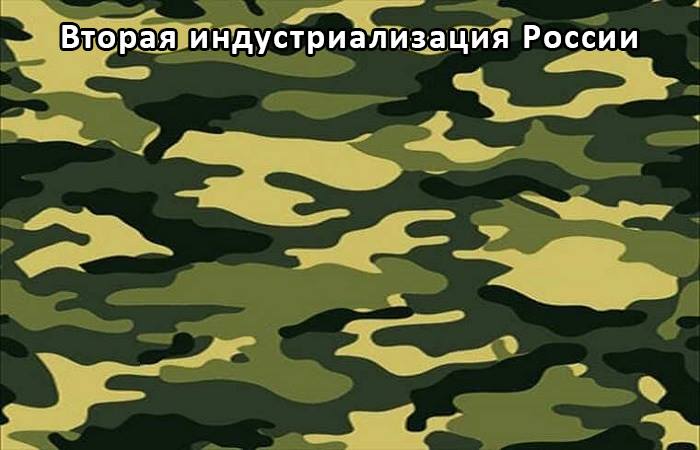Camouflage for camouflage against infrared radiation ru 1 2 4 buy shop photo new suit male female child tank color military film war clothes birch the gel coat on cars price pixel fabric download winter summer wot slide blue black varfeys figure NATO field form reviews white grey their which the hands of the USSR VAZ urban pants fashion Polish pants custom t shirt sizes painting live moss army green first types of woods for hunting cane pictures

Camouflage for camouflage against infrared radiation.
The masking effect of the infrared radiation is ensured by the special structure of camouflage reflectivity which adapts to any background. This development is a camouflage to hide from infrared radiation can be used, for example, in the manufacture of clothing for hunters or military.
Animals and insects that can see infrared radiation
Description:
The developed material allowing the object to maximize merge with the environment in the infrared spectral range. A masking effect is provided by the special structure of camouflage reflectivity which adapts to any background. This development is a camouflage to hide from infrared radiation can be used, for example, in the manufacture of clothing for hunters or military.
Typically, camouflage materials provide masking properties in the visible part of the electromagnetic spectrum. But in nature and in technology are also widely represented objects infrared (IR) radiation. In order to hide them, for example, by means of thermal imaging, it is necessary to bring the radiation of the object to the background radiation of the environment, that is, to provide a minimum contrast between object and background. Managed to achieve this property due to special three-layer structure of the camouflage.
Its inner layer is made of insulating material and provides a reduced thermal radiation of the object (Pyrogel HT), intermediate – of materialhaving cooling properties, and external – of the material of FPA (filter Petryanov acetate) with the inclusion of nanoparticles. It is the last layer provides the required minimum contrast. The resistance of the upper layer is 150°C.
In the tests carried out by the developers, it was found that camouflage for camouflage against infrared radiation possesses high masking properties in a wide range of IR radiation. Thus, the heat-producing objects using camouflage to disguise, can be protected from systems of detection that use natural or artificial lighting.
Advantages:
camouflage for camouflage against infrared radiation possesses high masking properties in a wide range of IR radiation,
– the cost of production is relatively low,
– most of the components of the camouflage available in the market, with the exception of FPA material with embedded nanoparticles for the manufacture of which requires special equipment.
Animals and insects that can see infrared radiation:
Some arthropods, such as mosquitoes, bedbugs, ticks, mosquitoes and midges, have increased sensitivity to infrared radiation. They feel the warmth of warm-blooded animals. When choosing who to bite of several adjacent objects, arthropods (mosquitoes, bugs, ticks) prefer a guy who warmer. The man, who turns out to be colder (e.g., below it lie the blood capillaries at the lower temperature), can be protected from bites, and the neighbor next will be surrounded by midges. Another victim, resisting parasites, continues to heat up, resulting in attracting more mosquitoes.
A tick can detect a person or animal at a distance of several meters via infrared radiation. It raises its front legs and starts to led them in different directions. On the legs there is a round education – turbolocator. When a person or an animal approaches, the tick falls on him.
Mosquitoes-the females find a warm-blooded sacrifice by the use of two fixed antennas, which are sensitive to thermal infrared radiation. Antennas come on different signals, and komariha changes the direction of flight as long as both antennas, the signal will not be identical. So the mosquito flies directly into heat. Antennas react to heat, a few meters from the victim.
Bugs, in particular the American bug-jimnez (Rhodnius prоlixus bug-triatomid) from South and Central America cost only one antenna — nose-proboscis — a continuation of the head.
Infrared radiation, often associated with warmth, able to see some reptiles: snakes.



